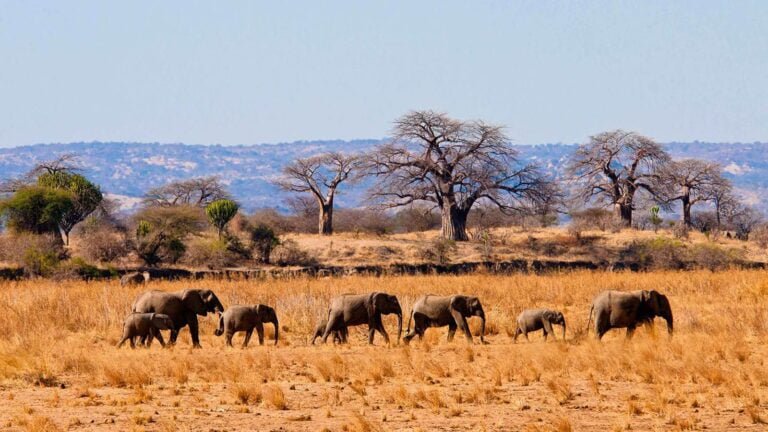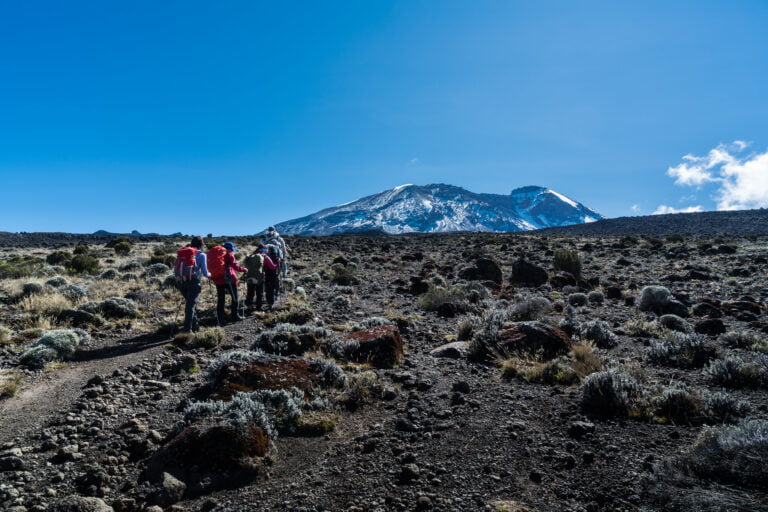Discover the Untouched Beauty of Shimba Hills National Reserve
Nestled in the heart of coastal Kenya, the Shimba Hills National Reserve is a hidden gem waiting to be discovered by nature enthusiasts and adventure seekers alike. With its diverse flora and fauna, breathtaking landscapes, and untouched beauty, this untamed wilderness offers an unforgettable experience for those who are willing to explore.
Immerse yourself in the vibrant colors of the forest as you embark on a trek through the reserve. Encounter majestic elephants, roaming freely in their natural habitat, along with other wildlife such as buffalo, antelope, and rare bird species. The reserve is also home to a unique ecosystem where the lush greenery meets the Indian Ocean, providing a dramatic backdrop to your wildlife encounters.
But Shimba Hills is not just about wildlife. Discover hidden waterfalls that cascade into crystal-clear pools, inviting you to take a refreshing dip. Hike to viewpoints that offer panoramic vistas of the reserve, and witness stunning sunsets that will leave you in awe. Dive into the rich history and cultural heritage of the local Digo community, who have lived harmoniously with nature for centuries.
Escape the crowds and discover the untouched beauty of Shimba Hills National Reserve – a true paradise for nature lovers.
Location and accessibility of Shimba Hills National Reserve
Located approximately 33 kilometers from Mombasa, Shimba Hills National Reserve is easily accessible by road. The reserve covers an area of 300 square kilometers and is situated within the Kwale District. The main entrance to the reserve is through the Shimba Hills Gate, which is well signposted and can be reached by private vehicle or public transport. Once inside the reserve, a network of well-maintained roads and trails allows visitors to explore its various attractions.
Biodiversity and wildlife in Shimba Hills National Reserve
Shimba Hills National Reserve is renowned for its rich biodiversity and abundance of wildlife. The reserve is home to over 700 plant species, including rare and endemic varieties. The lush greenery of the forest provides a habitat for a wide range of animal species, making it a haven for nature lovers.
One of the highlights of a visit to Shimba Hills is the opportunity to see majestic elephants in their natural habitat. The reserve is home to one of the largest populations of elephants in Kenya, and visitors can witness these magnificent creatures up close as they roam freely through the forest. In addition to elephants, Shimba Hills is also home to buffalo, antelope, giraffe, and a variety of primate species, including the rare and endangered Sable antelope.
The reserve is also a birdwatcher’s paradise, with over 200 bird species recorded within its boundaries. From the iconic African fish eagle to the vibrant African paradise flycatcher, bird enthusiasts will be delighted by the diverse range of avian species that call Shimba Hills home.
Popular attractions and activities in Shimba Hills National Reserve
Shimba Hills National Reserve offers a wide range of attractions and activities for visitors to enjoy. One of the most popular attractions is Sheldrick Falls, a picturesque waterfall that cascades into a crystal-clear pool. The hike to the falls is a rewarding experience, with stunning views of the surrounding landscape along the way. Visitors can take a refreshing dip in the pool at the base of the falls, surrounded by the sights and sounds of nature.
For those seeking a bit of adventure, the reserve offers various hiking trails that lead to panoramic viewpoints. The Mwaluganje Elephant Sanctuary, located within the reserve, is another popular attraction. Here, visitors can learn about the conservation efforts to protect the elephants and their habitat, and even participate in a guided elephant tracking experience.
Cultural enthusiasts can explore the rich history and cultural heritage of the local Digo community, who have lived in harmony with nature for centuries. Visitors can interact with the locals, learn about their traditions and way of life, and even participate in traditional dances and rituals.
Conservation efforts in Shimba Hills National Reserve
Conservation is a key focus of Shimba Hills National Reserve, with efforts being made to protect its unique ecosystem and wildlife. The reserve is managed by the Kenya Wildlife Service, which works closely with local communities and conservation organizations to ensure the sustainable management of the reserve.
One of the conservation initiatives in Shimba Hills is the reintroduction of the Sable antelope, which was once on the brink of extinction. Through a carefully managed breeding program, the population of Sable antelope in the reserve has steadily increased, contributing to the conservation of this endangered species.
Another conservation effort is the management of the forest ecosystem, which plays a crucial role in maintaining the biodiversity of the reserve. Sustainable practices such as controlled burning and reforestation are implemented to ensure the long-term health and vitality of the forest.
Best time to visit Shimba Hills National Reserve
The best time to visit Shimba Hills National Reserve is during the dry season, which runs from June to October and January to March. During this time, the weather is generally pleasant, with clear skies and little to no rainfall. The dry season also coincides with the peak wildlife viewing season, as animals congregate around water sources, making them easier to spot.
It is worth noting that Shimba Hills can be quite hot and humid, especially during the wet season, which runs from November to December and April to May. Visitors should come prepared with lightweight and breathable clothing, sunscreen, and insect repellent.
Accommodation options in and around Shimba Hills National Reserve
There are several accommodation options available in and around Shimba Hills National Reserve, ranging from luxury lodges to budget-friendly campsites. Many of these establishments offer stunning views of the reserve and provide a comfortable base for exploring its attractions.
For those seeking a luxurious experience, the Shimba Hills Lodge is a popular choice. Nestled on a hilltop, the lodge offers panoramic views of the reserve and provides guests with a range of amenities, including a swimming pool, spa, and restaurant.
For a more rustic experience, the Giriama Homestays offer a unique opportunity to immerse yourself in the local culture. Visitors can stay with a local family, participate in daily activities, and learn about the traditions and way of life of the Digo community.
Tips for visiting Shimba Hills National Reserve
- Wear comfortable and breathable clothing, as the reserve can be hot and humid.
- Don’t forget to bring sunscreen, insect repellent, and a hat to protect yourself from the sun.
- Carry plenty of water and snacks, as there are limited facilities within the reserve.
- Engage the services of a local guide for a more enriching and informative experience.
- Respect the wildlife and adhere to the rules and regulations of the reserve.
- Support the local community by purchasing locally made crafts and products.
Other nearby attractions and day trips from Shimba Hills National Reserve
Shimba Hills National Reserve is located in close proximity to other popular attractions, making it an ideal base for day trips and excursions. One such attraction is the nearby Mwaluganje Elephant Sanctuary, where visitors can learn about the




